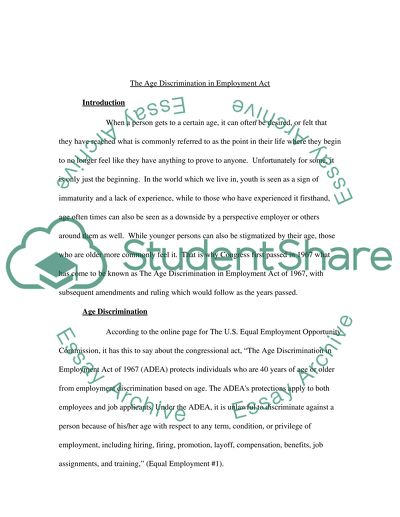Cite this document
(“Consequences Of Noncompliance With The AEDA Lessons To Be Learned Essay”, n.d.)
Retrieved from https://studentshare.org/law/1513424-consequences-of-noncompliance-with-the-aeda-lessons-to-be-learned
Retrieved from https://studentshare.org/law/1513424-consequences-of-noncompliance-with-the-aeda-lessons-to-be-learned
(Consequences Of Noncompliance With The AEDA Lessons To Be Learned Essay)
https://studentshare.org/law/1513424-consequences-of-noncompliance-with-the-aeda-lessons-to-be-learned.
https://studentshare.org/law/1513424-consequences-of-noncompliance-with-the-aeda-lessons-to-be-learned.
“Consequences Of Noncompliance With The AEDA Lessons To Be Learned Essay”, n.d. https://studentshare.org/law/1513424-consequences-of-noncompliance-with-the-aeda-lessons-to-be-learned.


